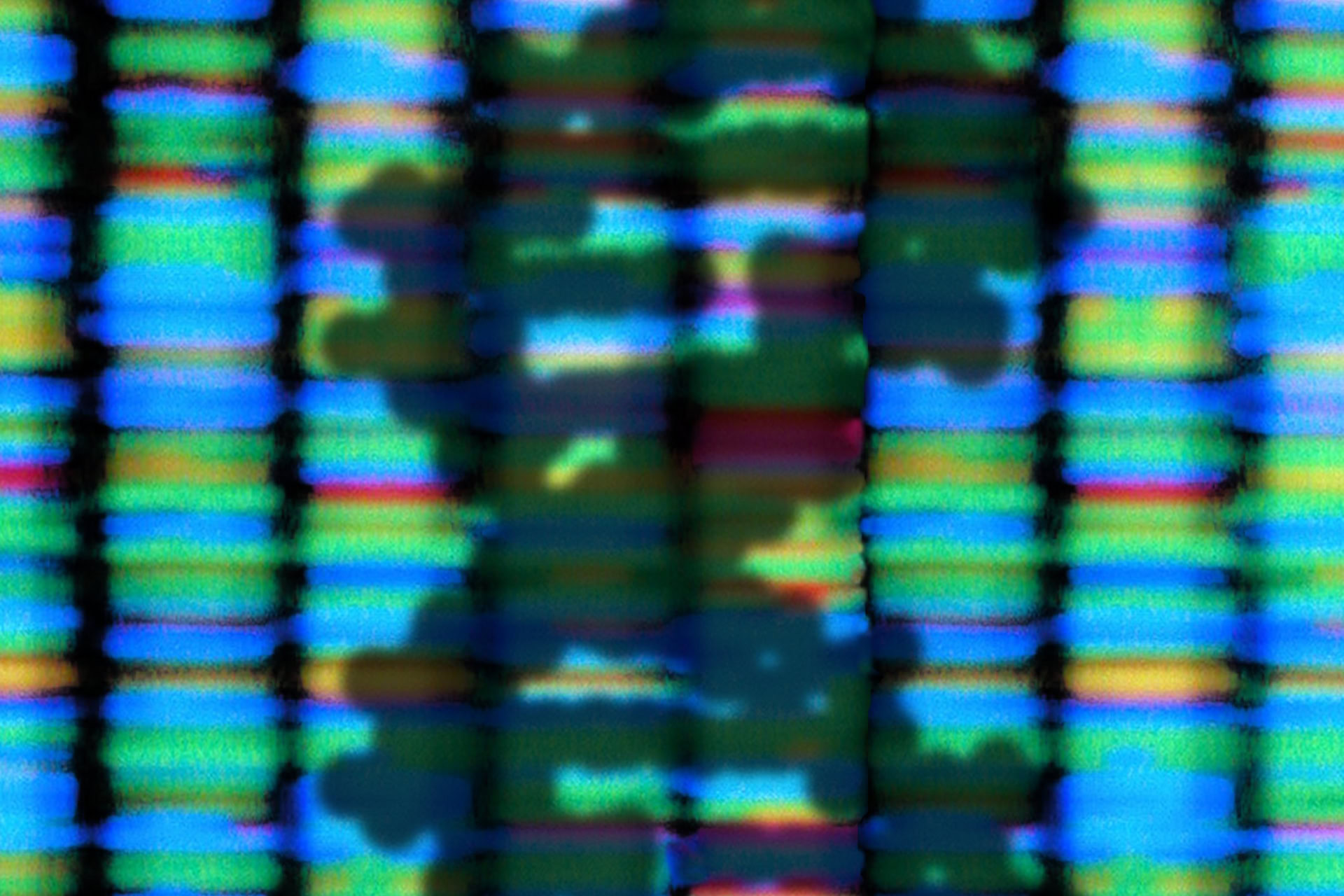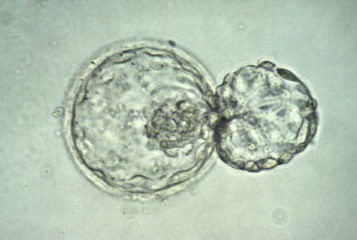A gene normally only expressed in embryos has been shown to improve tissue repair in adult mice.
Wounds are known to heal much faster in the young than in adults, but the genetic cause of this has remained elusive. Researchers have found that having an active Lin28a gene later in life helped tissue and hair to grow back in mice.
'It sounds like science fiction, but Lin28a could be part of a healing cocktail that gives adults the superior tissue repair seen in juvenile animals', said senior study author Professor George Daley of The Howard Hughes Medical Institute and Boston Children's Hospital.
Lin28a is known to be important in regulating development in a number of different organisms. It is very active in embryos but its abundance declines with age.
The group created mice that expressed low levels of Lin28a as adults, and found that its expression improved tissue regeneration in their ears following puncture wounds. This effect was dependent on the tissue type, as the adult mice could not grow back toes that had been amputated, whereas infant animals could. After being shaved, the mice also grew back their hair much more rapidly than mice with normal Lin28a expression.
'We were just so shocked that such a small change in this gene could have profound effects on a complex regenerating tissue', said Dr Hao Zhu of the University of Texas Southwestern Medical Centre, and one of the lead authors of the study.
The group found that the youthful regenerative abilities of Lin28a were caused by an increase in the cell's metabolism. This was a result of enhanced activity in mitochondria, the parts of the cell that are responsible for producing its energy.
The study was conducted in mice, but Lin28a is also found in humans. Although it is a long way off, the group believe that in time, drugs could be discovered that mimic the healing effects of activating this gene.
'This finding opens up an exciting possibility that metabolism could be modulated to improve tissue repair, whereas metabolic drugs could be employed to promote regeneration', said Dr Zhu.
Sources and References
-
Lin28 Enhances Tissue Repair by Reprogramming Cellular Metabolism
-
Fountain-of-youth gene unleashes healing power
-
Fountain-Of-Youth Gene Repairs Tissue Damage in Adults
-
Fountain of youth? Scientists discover why wounds heal quicker for young people
-
'Fountain of youth' gene is discovered - and scientists say it could help heal wounds





Leave a Reply
You must be logged in to post a comment.